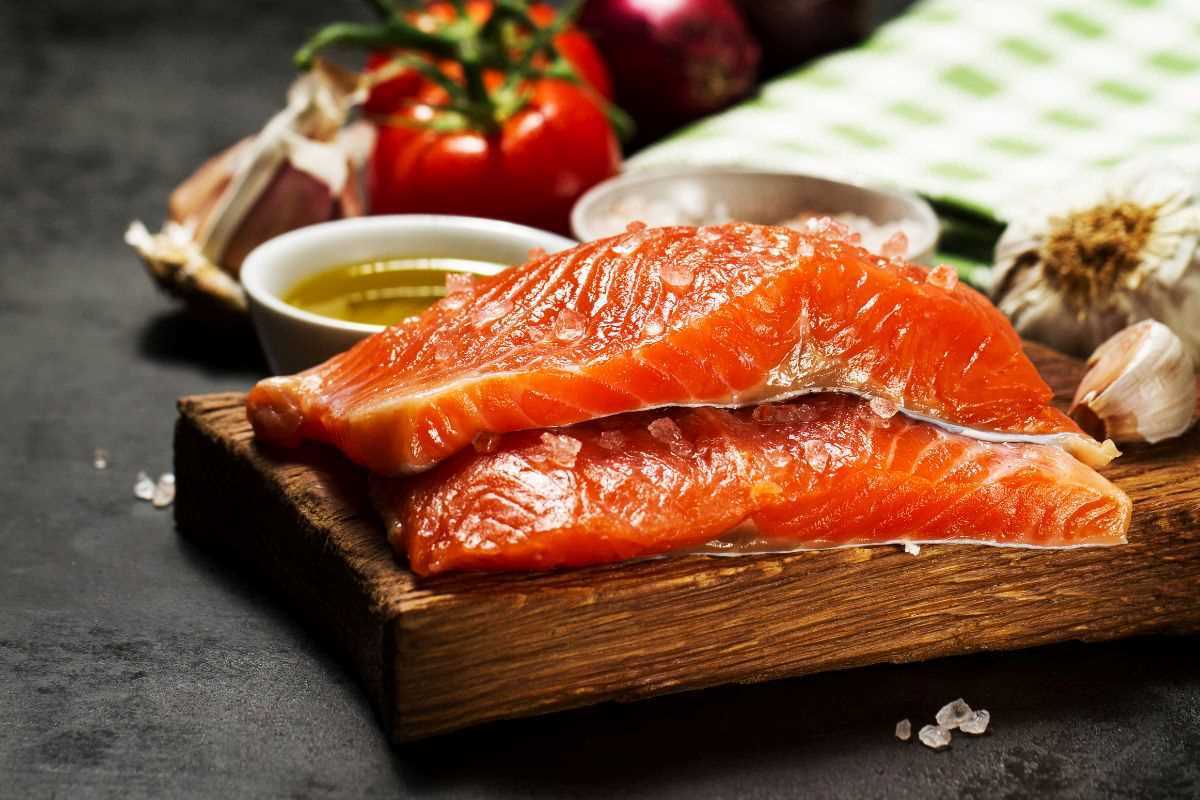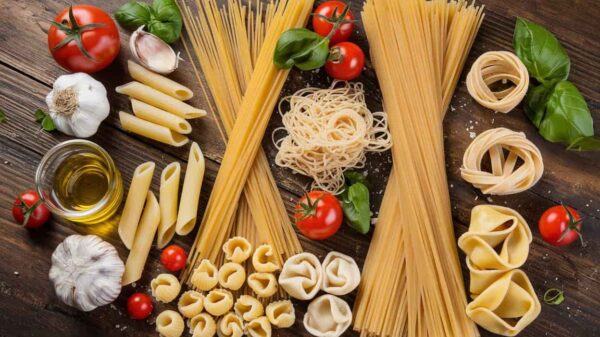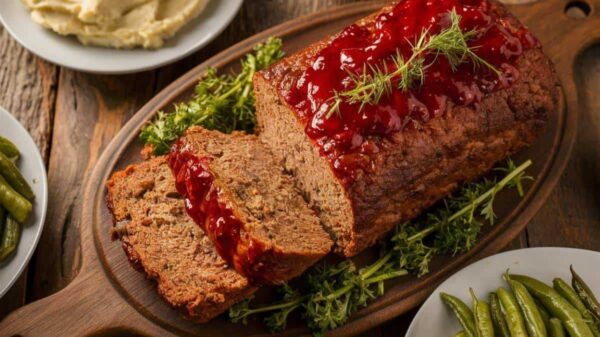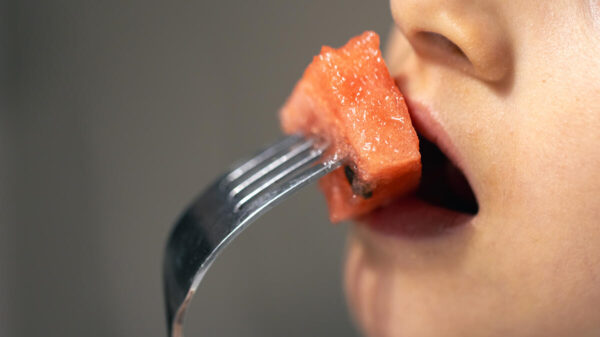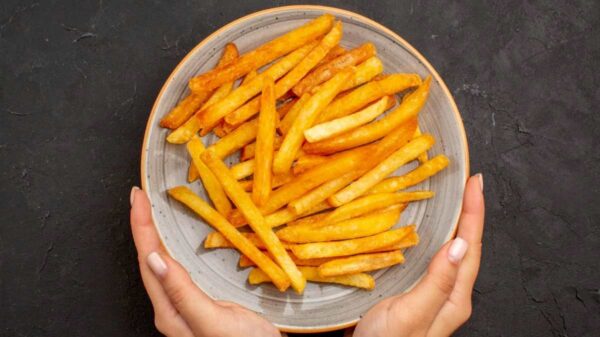Gravlax, a classic Scandinavian delicacy, has captivated food enthusiasts globally with its unique blend of flavors and historical roots. This article will explore the origins, preparation, variations, and serving suggestions for gravlax, offering a detailed insight into this beloved dish.
The Origins of Gravlax
Historical Background
Gravlax, which translates to “buried salmon” in Swedish, originates in the medieval Scandinavian practice of fermenting fish. Fishermen lightly salt the salmon and bury it in the sand above the high-tide line, allowing it to ferment. This method preserved the fish and imparted a unique flavor.
Evolution Over Time
Over the centuries, the fermentation process evolved into a curing process. Instead of burying the fish, it is now cured with a combination of salt, sugar, and dill, resulting in the modern version of gravlax enjoyed today. The shift from fermentation to curing was likely driven by the desire for a more consistent and refined flavor and the development of refrigeration methods that made it possible to preserve fish without the need for fermentation safely.
Ingredients
To prepare gravlax, you will need the following ingredients:
Fresh Salmon Fillet
- Amount: 2 to 3 pounds (approximately 1 to 1.5 kilograms)
- Description: For superior flavor and texture, choose a high-quality, fresh salmon fillet, preferably wild-caught. Look for a fillet that is firm to the touch, with a vibrant, deep orange color and a fresh, clean smell.
Kosher Salt
- Amount: 1/2 cup
- Description: Kosher salt is preferred for its coarser grain and purity. It helps to draw out moisture from the salmon and preserves it.
Granulated Sugar
- Amount: 1/2 cup
- Description: Granulated sugar balances the saltiness and enhances the fish’s natural flavors. It also contributes to the texture of the gravlax.
Fresh Dill
- Amount: 1 large bunch (about 1 cup loosely packed)
- Description: Fresh dill is essential for traditional gravlax, imparting a fresh, herbaceous note that complements the fish.
Optional Ingredients
- Black Pepper: 1 tablespoon, freshly ground. It adds a subtle heat and complexity to the cure.
- Lemon Zest: Zest of 1 lemon. Provides a bright, citrusy flavor.
- Aquavit: 2 tablespoons. A Scandinavian spirit that adds a subtle anise flavor.
Step-by-Step Preparation
Selecting the Salmon
Choosing the right salmon is crucial for making gravlax. Opt for a high-quality, fresh salmon fillet. Wild-caught salmon is often favored for its superior flavor and texture to farmed salmon. Seek a fillet with a firm texture, a vibrant, deep orange color, and a fresh, clean smell.
Preparing the Cure
The curing mixture is the heart of gravlax preparation. Combine equal parts of kosher salt and granulated sugar in a bowl. The salt draws out dampness from the salmon, while the sugar balances the saltiness and enhances the fish’s natural flavors. Add freshly ground black pepper, lemon zest, and a splash of aquavit for additional flavor.
Applying the Cure
- Place the salmon fillet skin-side down on a large piece of plastic wrap.
- Cover the salmon with the salt & sugar mixture, ensuring it is evenly distributed.
- Lay fresh dill over the salmon, covering it completely. Dill is essential for traditional gravlax, imparting a fresh, herbaceous note that complements the fish.
Wrapping and Weighing Down
- Tightly wrap the salmon in plastic wrap, ensuring it is well-sealed to prevent any air from getting in.
- Place the wrapped salmon in a dish or baking pan and weigh it with a heavy object, such as a baking dish filled with cans. The weight helps press the cure into the salmon, ensuring even curing.
Curing Time
Refrigerate the salmon for 24-48 hours, depending on the thickness of the fillet and desired flavor intensity. Turn the salmon over halfway through the curing process to ensure even curing. The longer the curing time, the more intense the flavor will be, but be careful not to over-cure, as this can result in an overly salty product.
Finishing Touches
Once the curing process is complete, unwrap the salmon and rinse off the excess cure under cold water. Pat it dry with paper towels. The salmon should have a firm texture and a translucent, glossy appearance.
Serving Suggestions
Traditional Accompaniments
Gravlax is traditionally served thinly sliced, accompanied by mustard-dill sauce (hovmästarsås), rye bread, and pickled vegetables. Capers, red onions, and lemon wedges are also popular additions. The mustard-dill sauce, made with Dijon mustard, sugar, vinegar, and fresh dill, provides a tangy, slightly sweet complement to the rich, savory gravlax.
Modern Twists
Gravlax Salad: Toss sliced gravlax with mixed greens, thinly sliced radishes, and a light vinaigrette for a refreshing and light dish. The fresh, crisp vegetables and tangy dressing balance the rich, flavorful gravlax, making it a perfect appetizer or light meal.
Gravlax Canapés: Gravlax canapés are an elegant and easy-to-make appetizer. Serve gravlax on small rye crackers or blinis with a dlop of crème fraîche & a sprig of dill. The creamy, tangy crème fraîche and crunchy crackers contrast with the smooth, delicate gravlax.
Gravlax Benedict: For a Scandinavian twist on the classic eggs Benedict, top a toasted English muffin with gravlax, a poached egg, and hollandaise sauce. The rich, buttery hollandaise and soft, runny egg yolk complement the savory, flavorful gravlax, creating a luxurious and satisfying breakfast or brunch dish.
Variations of Gravlax
Beetroot Gravlax: Add grated beetroot to the curing mixture for a vibrant pink color and earthy flavor. The beetroot adds visual appeal and imparts a subtle sweetness and earthy depth to the gravlax.
Citrus Gravlax: Incorporate citrus zest and juice into the cure for a bright, tangy flavor profile. Lemon, lime, or orange zest & juice can add a refreshing, zesty note that enhances the salmon’s natural flavors.
Spicy Gravlax: Include crushed red pepper flakes and a touch of horseradish to cure a spicy kick. The heat from the pepper flakes and the sharpness of the horseradish adds a bold, exciting dimension to the gravlax, making it a perfect choice for those who enjoy spicy foods.
Storing and Handling Gravlax
Gravlax can be stored in the freezer for up to a week, securely encased in plastic wrap. For extended storage, freeze it for up to three months in an airtight container. When freezing, consider slicing the gravlax before storing it so you can quickly thaw and use portions as needed.
Always handle raw fish with clean hands and utensils to avoid cross-contamination. Ensure the salmon is fresh and sourced from a reputable supplier to minimize the risk of foodborne illnesses. When preparing gravlax, work on a clean surface and sanitize all equipment and surfaces after use.
Health Benefits of Gravlax
Nutritional Profile
Gravlax is rich in omega-3 fatty acids, protein, and essential vitamins & minerals, making it a nutritious addition to any diet. Omega-3 fatty acids are recognized for their counter-inflammatory properties & benefit heart health.
Heart Health
The omega-3 fatty acids in gravlax can help decrease inflammation & lower the risk of heart disease. Regular consumption of omega-3-rich foods has been associated with lower blood pressure, reduced triglyceride levels, and improved overall cardiovascular health.
Brain Function
Due to its high omega-3 content, gravlax can support brain health and cognitive function. Omega-3 fatty acids are crucial for brain development and function, and regular intake has been linked to improved memory, focus, and mood.
Conclusion
Gravlax is a versatile and delicious dish combining traditional and modern culinary techniques. Whether enjoyed in its classic form or with creative variations, gravlax will impress with its delicate flavors and rich history. Following this comprehensive guide, you can master making and serving gravlax, bringing a taste of Scandinavia to your table. With its impressive health benefits and endless serving possibilities, gravlax deserves a place in every food lover’s repertoire.

